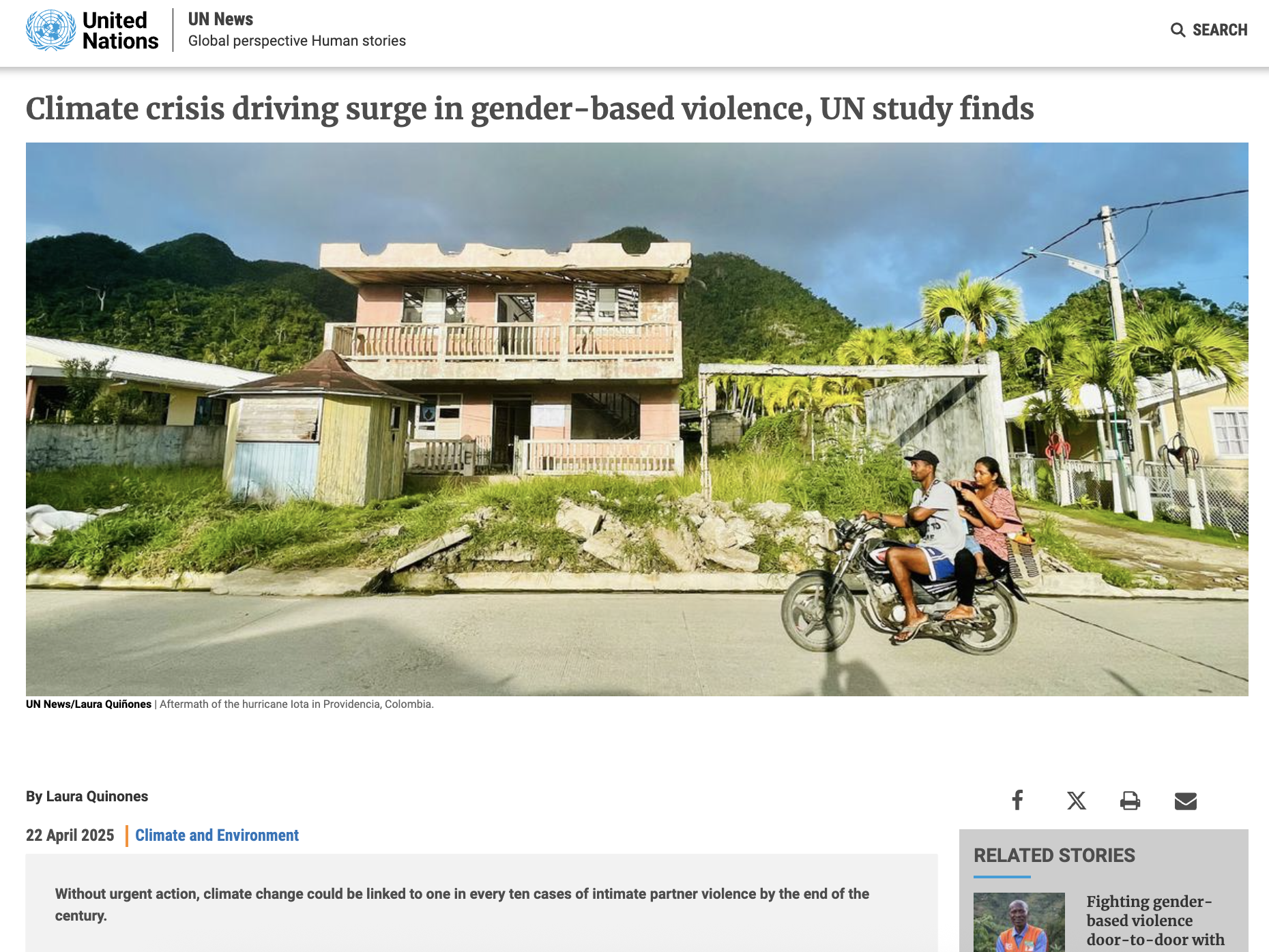Every health risk puts their baby at risk, and climate change offers no shortage of potential complications. Preterm births, poor maternal health, and stillborn rates are all expected to climb as global temperatures continue to rise.
EXTREME HEAT TAKES A TOLL
Sure, summers are uncomfortable with a baby bump. But increasing temperatures and longer warm seasons actually puts mothers and babies at risk. With global temperatures projected to reach 1.5º-2º C or higher above pre-industrial levels, complications can only be expected to increase.
By the end of the century up to 42,000 babies could be born preterm solely due to extreme heat. Studies show that exposure to extreme heat is directly linked to shorter pregnancies. It’s even more clear as heat waves occur — preterm births occur 16% more frequently during heat waves.
With their potential for respiratory, gut, and heart issues, these preterm births can even lead to death without proper medical care. Problems don’t end after the family leaves the NICU either — studies show that preterm babies are more likely to develop behavioral or learning difficulties as they grow older.
AIR POLLUTION
According to the World Health Organization, nine out of 10 people breathe air containing high levels of pollutants. Some areas, like the Eastern Mediterranean Region and South-East Asia, take in five times the recommended WHO pollution limits. Of course, air pollution increases the risk of pulmonary illness and premature death — but it can also cause catastrophic issues during pregnancy.
…
MATERNAL NUTRITION
In 2020, nearly 10% of the world’s population — more than double the entire US population — suffered from undernutrition. Even those who do have access to food often still don’t have enough — in 2020 one in three people worldwide struggled with moderate to severe food insecurity.
Pregnancy takes a major toll on the body, and nutritional needs only increase as the baby continues to grow — a potentially deadly combination for those already struggling with malnutrition. A lack of sufficient nutrients can cause preterm birth, stillborn birth, hemorrhaging, or even death to the birth-giver.
Globally, climate change makes malnutrition much worse.
In the past three decades climate shocks more than doubled in developing nations, destroying crops, reducing yields, and leading to widespread hunger. Floods and droughts disrupt supply chains, destroy crops, and drive up food prices, drastically decreasing food availability and dietary diversity. Less diversity means fewer calories, fewer essential vitamins and minerals, and more birth complications. By 2050, climate change could cause an additional 20% increase in food insecurity, leading to even worse maternal health globally.
ENVIRONMENTAL INJUSTICES
We already know that climate change impacts communities of color and low-income neighborhoods far more than their white or high-income counterparts. Of course, mothers living in these communities are heavily exposed to air pollution, extreme heat, and food insecurity.
In landlocked nations with high rates of undernourishment, one single extreme weather even can reduce annual nutrient supplies by 7.6% – and, of course, scientists expect more and more extreme weather events as the climate warms. Urban heat islands – already susceptible to extreme heat given their density of paved and concrete surfaces and inadequate tree cover – can cause urban areas to warm as much as 5–7 degrees Fahrenheit more than surrounding neighborhoods during the day and as much as 22ºF warmer at night.
But the impacts of pollution can even extend beyond pregnancy, especially for communities of color. Latino mothers exposed to air pollution may be significantly more likely to develop postnatal depression 12 months after birth. And warmer weather means more pests and diseases, like the Zika virus, which can pose serious consequences on maternal and neonatal health both during and after pregnancy.
SO, WHAT’S NEXT?
First and foremost, addressing environmental injustice must be top of the list. Drastic disparities in maternal health, whether intranational or international, will continue to increase without comprehensive climate justice policies. At Climate Reality, we’re working to make sure policymakers center environmental justice in their legislation. To tackle climate change, we have to protect our mothers by fighting for climate justice.
We’ve also got to get to the root of the climate crisis itself if we’re going to protect pregnancies. Bold legislation that reduces air pollution and carbon emissions is key to protect any and every person at risk from climate change (hint: that’s all of us).
For starters, changing to cleaner energy sources like wind and solar and shuttering polluting facilities in communities drastically reduces air pollution. One study showed that just 10 years after a California coal plant closed, taking its pollution down with it, preterm birthrates dropped by a staggering 27% in the surrounding region.
Lastly, updating failing infrastructure is a sure-fire way to protect pregnant people while building climate resilience for communities. Across the world, even those with adequate housing often breath hazardous indoor air pollution, generated by inefficient appliances. As climate disasters, poor outdoor air quality, and extreme heat drive pregnant mothers indoors, investments in energy efficiency and weatherization could help keep our indoor air clean and safe.
We can’t pass policies like these without your help. If you want to get involved and learn more about the health risks associated with climate change, check out one of our local chapters to join other climate-conscious folks taking action in your area.
Climate change poses a threat to our future generations right now. We can’t afford to wait. It’s time to protect our mothers with bold climate action. Sign up below to join Climate Reality’s email list and we’ll keep you posted on the latest developments in climate policy and how you can help solve the climate crisis.



